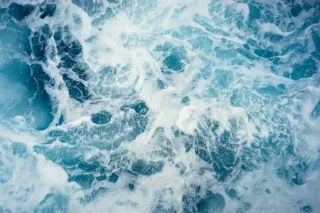Active banners: 0 Visible banners: 0
Adélie Penguins
Provided by: CLEAN |Published on: March 20, 2021
Videos
678910
Synopsis
- This video shows how climate change is affecting the Adélie penguin population in Antarctica.
- Students will learn that krill, which the Adélie penguins rely on for food, have lost a large portion of their habitat due to a lack of sea ice.

Subjects: Biology
Authors: NOAA (National Oceanic and Atmospheric Administration)
Region: Polar Regions
Languages: English
Teaching Materials
Positives
- A full transcript is provided below the video.
- Students will enjoy watching the footage of the penguins.
Additional Prerequisites
- Students should have a basic understanding of global warming and climate change.
Differentiation
- Elementary science classes could use this video in a lesson on habitats, ecosystems, or food webs.
- Biology classes could look up current data on the Adélie penguin population to learn how climate change is continuing to affect the polar ecosystems in Antarctica.
- Other resources on this topic include this resource from NASA on ice sheet mass variation in Antarctica, this video on the melting of an important Antarctic glacier, and this ClimateScience experiment on sea level rise.
Scientist Notes
Teaching Tips
Standards
Resource Type and Format
About the Partner Provider

CLEAN
The CLEAN Network is a professionally diverse community of over 630 members committed to improving climate and energy literacy locally, regionally, nationally, and globally in order to enable responsible decisions and actions. The CLEAN Network has been a dynamic group since 2008 and is now led by the CLEAN Leadership Board established in 2016.
All resources can be used for your educational purposes with proper attribution to the content provider.
Teaching Materials
Educator Support
My Account







